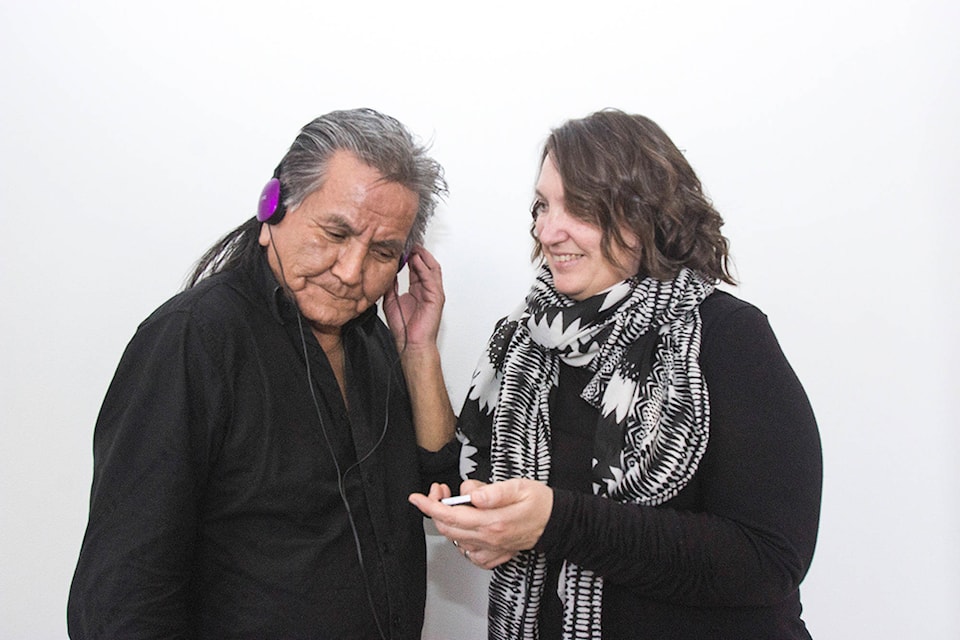While flooding in B.C. and the Shuswap has demanded a lot of attention recently, Louis Thomas says it’s never been a big topic for his people.
Thomas, a Secwepemc elder and member of the Neskonlith band, says: “Our people never talked about it that much. It’s Mother Nature’s way. It’s a normal function of Mother Earth.”
He recalls seeing floods as a child.
“I remember some of the flooding we had. The trains had to go real slow, with water right up to the tracks. I was just a little kid then. I can’t remember them talking of any big floods. They kind of accepted that as part of Mother Nature’s work. Like when the sun comes up in the morning, it’s part of life we accept.”
Asked if he’s worried about climate change, he says no.
“I think, according to our stories, Mother Earth is rolling over. It’s part of the stories handed down. That’s why there’s a change in the weather pattern. Earth doesn’t stay static, it’s constantly changing.”
He says pine cones, for example, have been found in some of the melted glaciers.
“It’s not like the old school globe here where the earth spins on one axis.”
It’s rolling over, moving over to another way, he says.
“Our people call it Mother Earth is rolling over. I’m not worried, it’s Mother Earth’s way of fixing things, or making us more aware. I don’t know. Some people say she’s getting mad, that’s why she’s rolling over,” he adds with a laugh.
He said it’s a story that was handed down from the old people, which is different from legends like those about creation – how coyote helped create the land for the people to come.
“That’s why people have respect for the animals. They were probably here before us, the original people. We studied them, how to exist on the land. They taught us what to eat and what not to eat.”
He says the stories handed down include the many faces of Mt. Ida. And how people came to settle in the wetlands, following the intervention of the government.
@SalmonArm
marthawickett@saobserver.net
Like us on Facebook and follow us on Twitter
